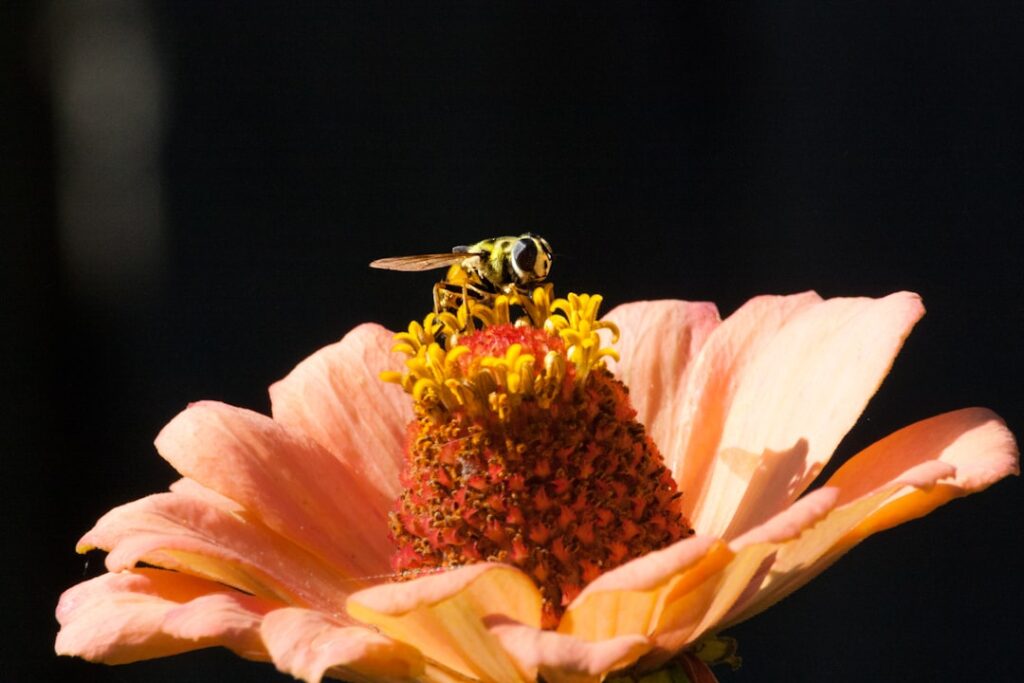Imagine stepping into your summer garden and being greeted not just by a kaleidoscope of color, but by a gentle, energetic hum. This is the sound of life, the sound of progress, the sound of your garden thriving. The secret to this vibrant ecosystem isn’t just in the soil or the sun; it’s in the tiny, tireless heroes buzzing from one blossom to the next. You have the incredible power to invite these essential partners—bees—into your space and, in doing so, unlock the full potential of your garden. This isn’t just about growing plants; it’s about co-creating a masterpiece with nature. Ready to begin?
Step 1: Understand the Magical Handshake
Before you can become a champion for pollinators, it helps to understand the beautiful science they perform. Pollination is, at its heart, nature’s most vital handshake. It’s the process of moving pollen from one part of a flower to another, or from one flower to another of the same species, to fertilize it and produce seeds, fruits, and the next generation of plants.
Think of it this way:
* Pollen is the golden dust that carries a plant’s male genetic material.
* Nectar is the sweet, sugary liquid that flowers produce as a reward—a high-energy meal for their visitors.
When a bee lands on a flower to drink nectar, the pollen dusts its fuzzy body. As it flies to the next flower, some of that pollen rubs off, completing the magical process of fertilization. For your garden, this means more vibrant flowers, more delicious fruits like strawberries and tomatoes, and healthier, more resilient plants. By understanding this simple, elegant exchange, you’re no longer just a gardener; you’re a facilitator of life.
Step 2: Prepare a Pollinator’s Feast
The single most powerful action you can take is to provide a reliable and diverse food source. You are about to become the host of the best party in the neighborhood, and bees are your VIP guests.
- Plant a Buffet of Colors and Shapes: Bees are particularly attracted to blue, purple, white, and yellow flowers. Plant flowers in clumps or drifts rather than singly, as this creates a more obvious and appealing target for a foraging bee.
- Choose Easy, Bee-Friendly Blooms: You don’t need to be a master horticulturalist to create a bee magnet. Start with simple, beloved flowers that are known to attract pollinators. Some fantastic choices for beginners include:
- Lavender: A fragrant, purple-hued favorite.
- Sunflowers: Their large, open faces are a perfect landing pad.
- Zinnias & Cosmos: These bloom profusely all summer and come in a rainbow of colors.
- Borage: An herb with beautiful blue flowers that bees simply cannot resist.
- Provide a Watering Hole: Bees get thirsty, too! A safe water source is a huge attraction. You don’t need a fancy fountain. Simply fill a shallow dish or birdbath with water and add some pebbles, marbles, or corks. This gives the bees a safe place to land and drink without the risk of drowning.
Step 3: Create a Safe and Welcoming Haven
A truly thriving garden is a safe one. Inviting bees to dinner and then creating a hazardous environment is counterproductive. Committing to their safety is a profound act of stewardship.
- Ditch the Harmful Chemicals: The most critical step is to go pesticide-free. Many common garden pesticides, especially neonicotinoids, are incredibly toxic to bees and other beneficial insects. Embrace natural solutions. A little bit of pest damage is a sign of a healthy, functioning ecosystem. If you must intervene, opt for organic solutions like neem oil or insecticidal soap, and always spray in the evening when bees are no longer active.
- Embrace a Little Wildness: A perfectly manicured garden can feel sterile to a bee. Many native bee species (over 70%!) nest in the ground. Leave a small, undisturbed patch of bare soil for them. A small log or pile of hollow stems can also provide shelter for other types of bees. Let some clover grow in your lawn—it’s a fantastic food source! This small act of “letting go” creates a space that feels like home.
Step 4: Watch the Magic Unfold
Once you’ve laid the groundwork, your final step is the most rewarding: to observe. Take a moment each day to simply stand in your garden and watch. Notice the different types of bees, listen to their hum, and see the dance of pollination happening before your very eyes. This is your reward. You are not just a spectator; you are the architect of this bustling, beautiful world.
You have now transformed your patch of earth from a simple collection of plants into a vital, life-giving sanctuary. Every flower you plant and every chemical you forgo is a vote for a healthier planet. Your garden is more than just beautiful—it’s a powerful statement of hope and a beacon for the essential creatures that help our world flourish.
Photo by Kathleen MacGregor on Unsplash

